In the April 2024 edition of Farming Focus see which SFI Actions Defra has placed an area limit on. Farmers in England do not have to apply for the BPS this year, but do not forget ES and CS revenue claims. Elsewhere in the UK the usual 15th May deadline remains for BPS/SAF applications. We remind English farmers that all strands of the equipment and technology grants are now open and that hedgerow protection remains the same under new legislation now cross compliance has gone. We also give a summary of agricultural rents in England and report on the cabinet reshuffle in Wales. A reminder that the UK Minimum Wages rise as from 1st April and report that Red Tractor has officially announced the Greener Farms Commitment module has been dropped.
The Spotlight article this month takes a look at Defra’s latest Farm Business Income (FBI) figures by farm type. There have been some big drops for Cereals, General Cropping and Dairy Farms.
Click Here to access our April 2024 edition of Farming Focus.
If you require advice from one of our consultants, do not hesitate to contact them by email or phone. Their contact details can be obtained by clicking here. Alternatively, your can also contact our office on 01664 503200 or email [email protected]
If you would like more detail on the topics covered above as well as additional articles on UK farm business matters, why not subscribe to our Professional Update bulletin? Over the course of each month, we give a concise and unbiased commentary on the key issues affecting business performance in the UK agri-food industry, and its implications for farming and food businesses. Please click on the link below for a 90-day free trial:
https://theandersonscentre.co.uk/publications/abc-professional-update/



